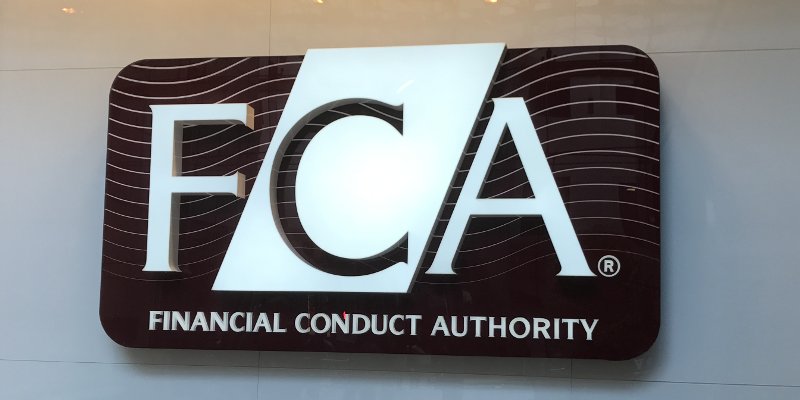
Following a decade of growth in residential mortgage lending, the aftermath of the 2007 financial crisis saw a sharp contraction in mortgage sales, suggests research from the FCA’s Data Bulletin analysing regulated mortgage lending over the last ten years.
Regulated mortgage activity peaked in 2006 with 2.3 million new loans worth £292 billion. The market then saw a dramatic fall in lending volumes between 2007 and 2010 with total transactions decreasing by 59% from 2.1 million in 2007 to just 865,000 in 2010.
The value of new mortgage lending decreased. They fell by 59% from £292 billion in 2007 to £121 billion in 2010. The value started to increase from 2012 onwards as a result of increasing transaction volumes and rising loan values, reaching £196 billion in 2016.
Fixed rate mortgages have increased in popularity and in 2016 accounted for 89% of new loans compared to 73% in 2007. This trend has continued into the first half of 2017 with 92% of mortgages being fixed rate.
The period has seen the virtual end to the initial sale of standard variable rate (SVR) and discounted variable rate mortgages, and the proportion of tracker rates sold has also reduced. However, there is a much higher proportion of existing mortgage balances on variable rates. As at the end of 2016, 42% of outstanding balances (by value) were on variable rates, although the trend is downward
The period has seen a reduction in very high loan to value lending. One of the most notable changes over the period was the significant decline in very high loan to value (LTV) mortgage advances following the financial crisis.
In 2007 there were 290,000 new mortgages with an LTV of over 90% which was 14% of the total. Since then there has been a gradual increase in loans with an LTV over 90% with the government’s Help to Buy scheme likely being a factor behind this. In 2016 there were 101,000 loans with an LTV over 90% (9% of the total).
Annual repayments of mortgage capital dipped after the financial crisis but not to the same degree as new advances. Since 2012 both advances and capital repayments have been on an upward trend but the gap (net lending) has narrowed compared to the past so that the total value of mortgage balances is increasing at a slower rate. The increase in the value of outstanding balances is being driven by long term rising housing prices and hides the fact that the number of outstanding mortgages is now declining.
The FCA strengthened its responsible lending rules in April 2014, as part of the Mortgage Market Review (MMR). These implemented measures to prevent the recurrence of poor lending practices seen in the run up to the financial crisis. And from March 2016, second charge mortgages also became regulated under the Mortgage Credit Directive (MCD).
Sales of interest-only loans have decreased significantly over the decade. Under the responsible lending rules lenders are allowed to make interest-only loans, but only where there is a credible strategy for repaying the capital. In 2007, 32% of new loans were interest-only. This has seen a steady decline to just 4% in 2016.
Lending without borrower income verification has also declined. In 2007, 49% of mortgage advances, by volume, were reported on the basis that borrower income had not been evidenced, but by 2016 this had fallen to just 2%.
Loan to income ratios have seen moderate increases. The period has seen a gradual upward trend in loan to income (LTI) ratios. In 2007, 28% of loans had an LTI multiple of greater than 3.5 (within which 6% were greater than 4.5) and in 2016 this had increased to 37% (8% greater than 4.5).
This reflects the impact of rising house prices since 2012 together with low income growth over the period. The decrease in interest rates to record lows has helped the affordability of mortgage repayments significantly, but risks leaving borrowers exposed when they rise again.



